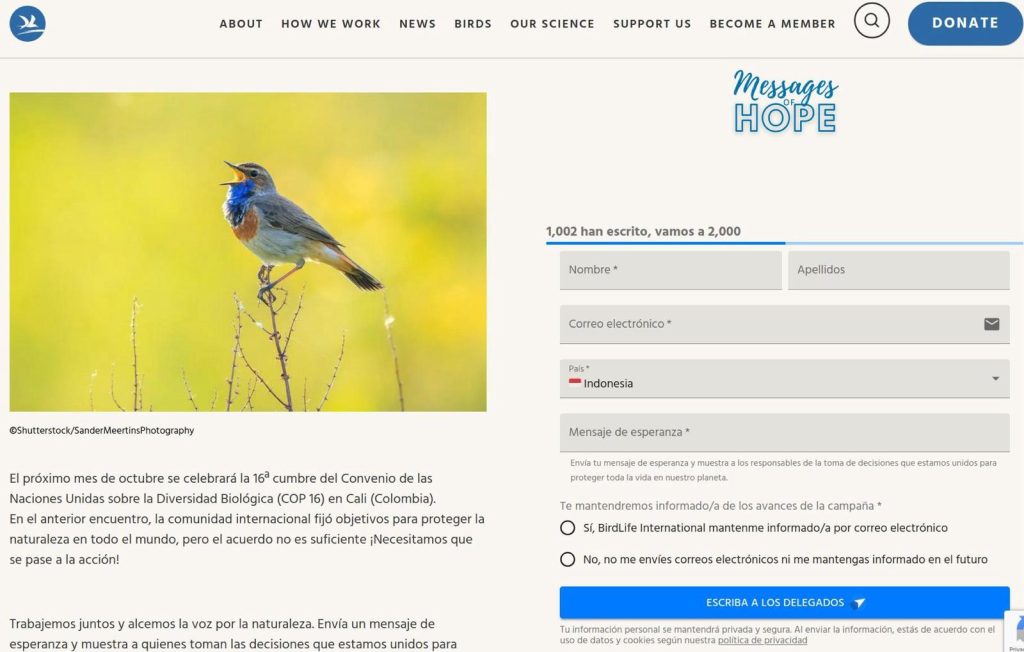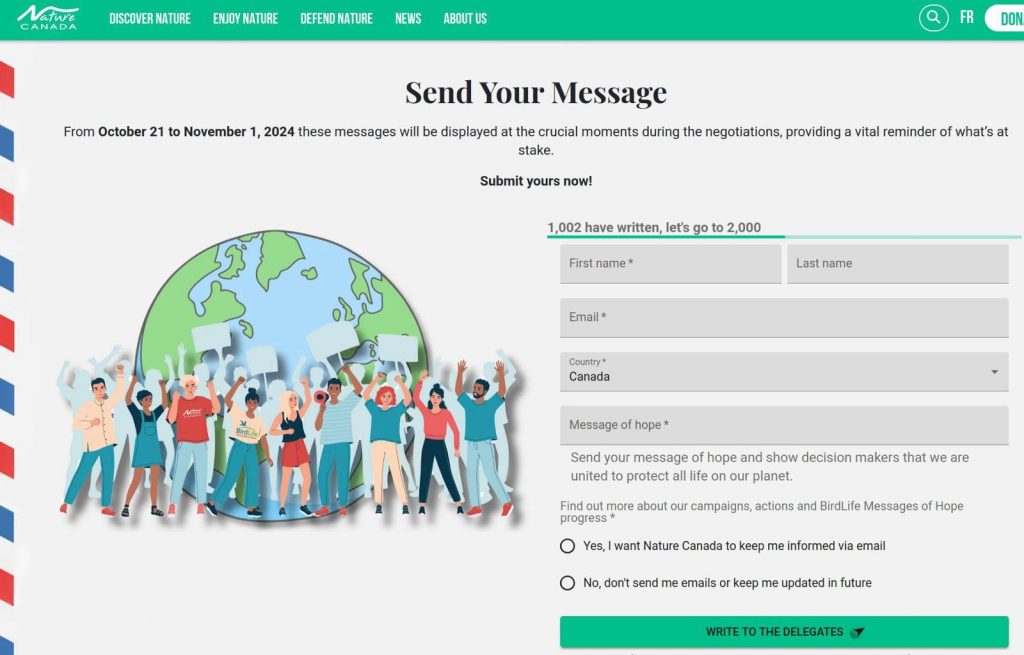Tackling Complex Issues Through Collaborative Action

At the heart of these campaigns lies the power of coalition-building. Successful initiatives often bring together a diverse array of NGOs, each contributing unique strengths:
- Complementary expertise: From legal analysis to scientific research, lobbying prowess to mass communication skills.
- Diverse audience reach: Engaging different demographics, from Gen Z activists to educators and beyond.
- Geographical coverage: Combining local knowledge and influence across multiple languages or countries.
Whilst some organisations may share similar goals and partially overlapping audiences, traditional campaign tools have struggled to accommodate this collaborative approach. The conventional model, which funnels all supporter data into a single, centralised list “owned” by one organisation, presents several challenges:
- Linguistic and cultural barriers when supporters span multiple countries or regions
- Misalignment between supporters’ interests and the broad focus of the platform-owning organisation
- Reluctance among partner organisations to direct their supporters to a “competitor’s platform”
Our solution addresses these pain points at their core. We’ve developed a tool specifically designed for multi-organisational campaigns, allowing each participating group to:
- Maintain ownership of their supporters’ contact information
- Grow their individual membership base
- Collaborate effectively without compromising their unique identity or audience relationships
By facilitating true distributed campaigning, we empower coalitions to harness their collective strength whilst respecting the autonomy and growth objectives of each partner organisation.
Understanding distributed campaigns
Distributed campaigns empower organizations that collaborate with campaign leaders, enhancing their influence and agency. When executed effectively, this strategy allows partners to benefit from collective efforts while maintaining control over their messaging, branding, and allowing them to build and maintain their own supporter lists. Additionally, distributed approach helps to minimize costs while maximizing engagement across the whole campaign.
The need for the right software
From the outset, it’s crucial to collaborate with a software provider that truly understands the nuances of distributed campaigning. Our Proca platform distinguishes itself as a top choice, equipping campaigners with the tools needed to create effective and scalable distributed campaign models.
Proca partner widgets
At Fix The Status Quo, we adhere to the principle of genuine distribution. Whether coordinating a mail-to-target initiative or a petition campaign, each partner is provided with their own customizable widget, independent of the campaign leader.
I means that the form the supporter uses to take action (eg. sign a petition, send emails to the targets…) is embedded into the organisation website. You might already have participated to one of the actions we supported into one of the organisation you are a member of and trust without having any idea they were using our tool.
The associated fees are minimal, covering essential support and onboarding for partners. While some level of traditional “vertical” coordination from the campaign leader is valuable, partners retain significant control over their tactics and messaging.
Language & local context
Every partner has access to our dashboard, allowing them to independently create and customize their own widget. These widgets can be integrated into their individual landing pages and adapted to virtually any language. With an integrated translation feature, both the widget forms and the text for mail-to-target actions can be accurately translated. For instance, a European branch of a major NGO may offer an English-only widget, while a partner focused solely on Polish audiences can create a widget in Polish, tailored to local needs.
Issue framing and local contexts
Our flexible approach allows partners to tailor how they present and frame the campaign topic, making it more relevant to their supporters. True distribution enables partners to highlight the issues at the campaign’s core in ways that resonate strongly with their audiences (for example at a local level, by referencing locally known issues). Within the established framework of the overall campaign, there’s ample opportunity to enhance impact and engagement by personalizing approaches for specific target groups.
Branding considerations
Partners can modify the visual aspects of their widgets to better align with their own brand identities. Since they manage their own widgets rather than simply directing traffic to the campaign leader’s page, they can promote themselves effectively while ensuring that the campaign aligns with their broader organizational efforts as well as their visual identity.
This benefits both the organisation so they can run a campaign using best of their class tools with negligible work to adapt their design, the supporters that are already into a website and visual universe they trust and like, and for the campaign, as the supporters are more likely to take action on a site they know.
Collecting supporter contact details
Our platform collects supporter contact information—ensuring GDPR compliance—exclusively for each partner without complicated data-sharing arrangements. Meanwhile, action counters reflect the total number of participants across all partner widgets, allowing collective achievements to be showcased without concerns about sharing sensitive details. For instance, during the successful Restore Nature campaign, powered by Proca, over 80 organizations worked together, engaging more than a million supporters. Each partner was able to display the total number of campaign supporters without any data-sharing worries, allowing for collaborative efforts while enhancing their own organizational growth.
It also allows different organisations to have different workflows to ensure collecting consent according to their interpretation of GDPR, some might ask as part of the form if the supporter wants to be added to their mailing list, some prefer to do it via email and bundle it or some wants both and have a double opt-in.
Shared counters and duplicates
each widget by default has a progress bar and counter that show the total number of all actions taken in the campaign, no matter what on which website the supporter took that action.
I remember fondly how the volunteer of a small organisation in Malta was thrilled to be the one that had a supporter that moved the counter from 999’999 to a million… despite collecting only a few dozen actions in total 😉
One problem of having many websites running the same campaign is that it’s likely than some supporters will be members of two or more organisations, and will take action multiple times on different websites.
For every action, we automatically check if the email of the supporter was already used on a previous action, and if it’s the case, we automatically don’t count it twice.
Is it worth it?
From our experience across numerous campaigns, we can confidently say that this model of distribution delivers invaluable results. The collective impact of a network will often far surpass that of any single organization. Please reach out to us at contact@fixthestatusquo.org for more information or to explore how to implement this strategy in your next campaign!


